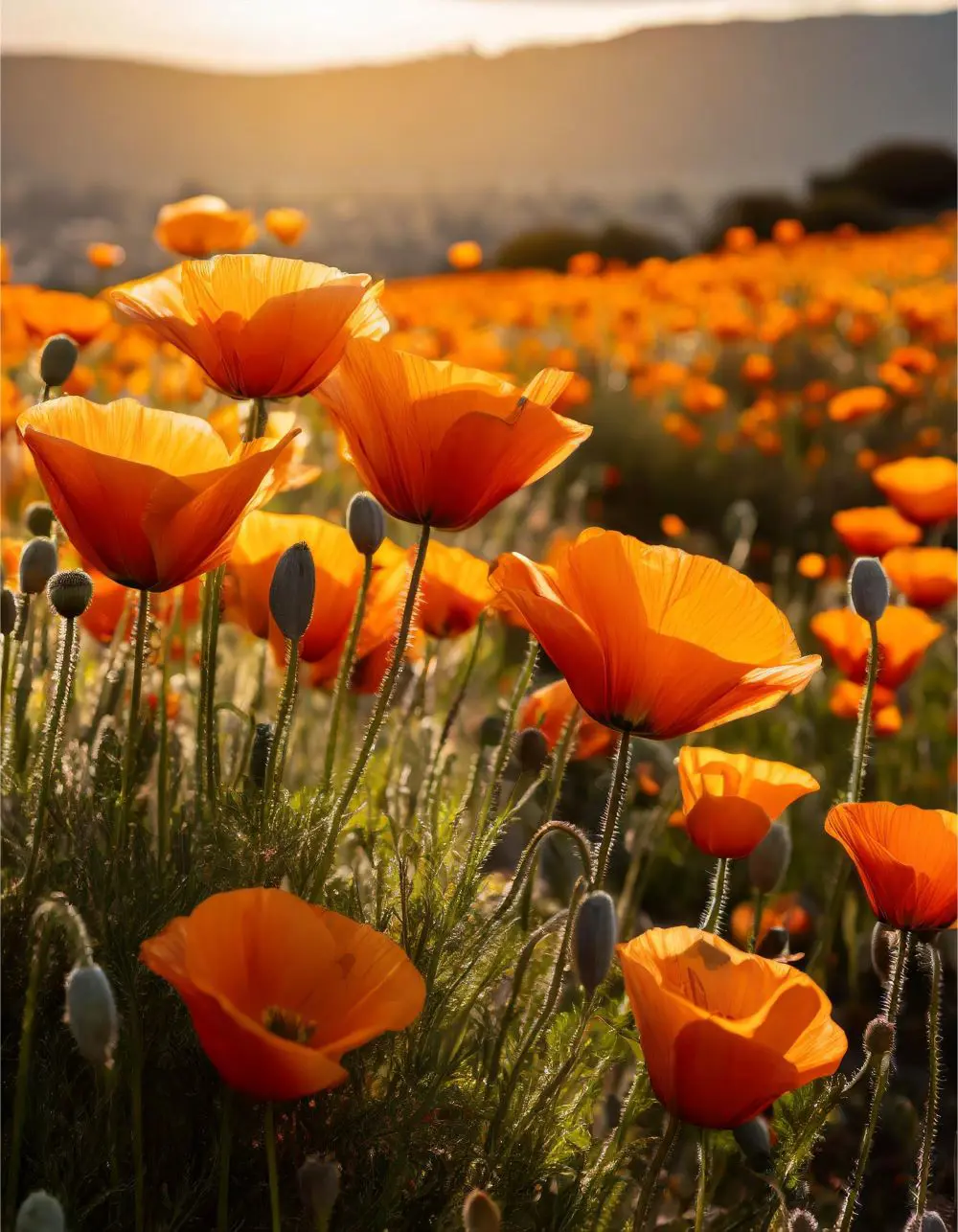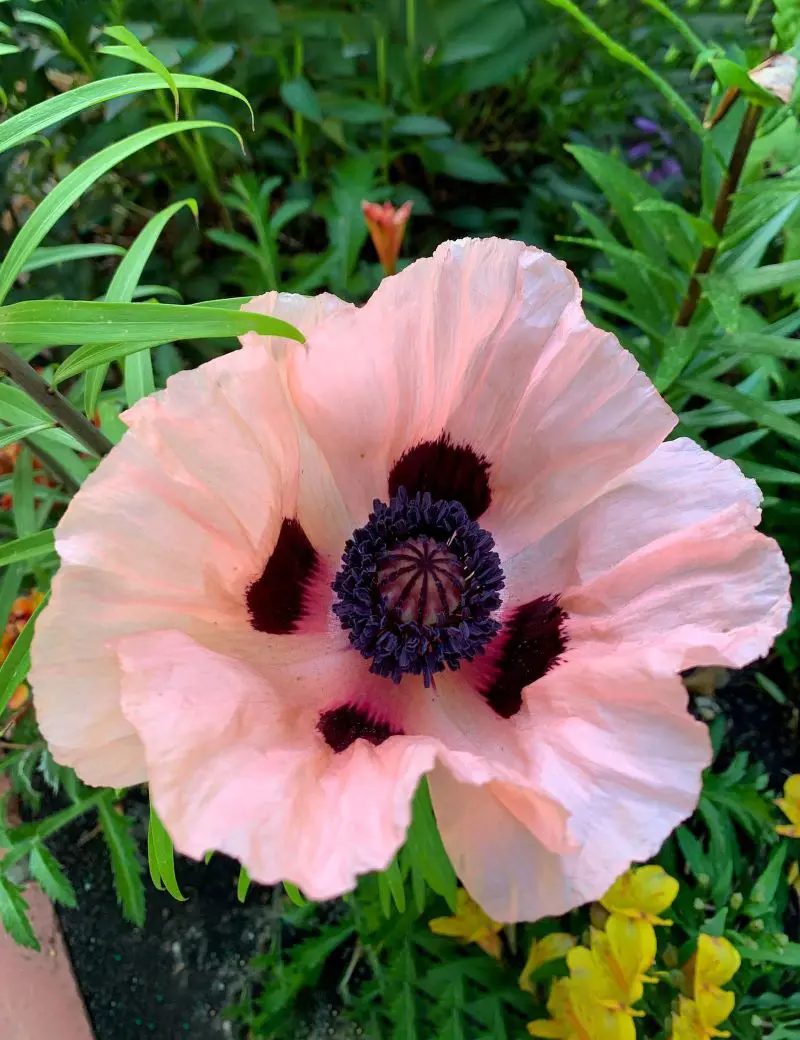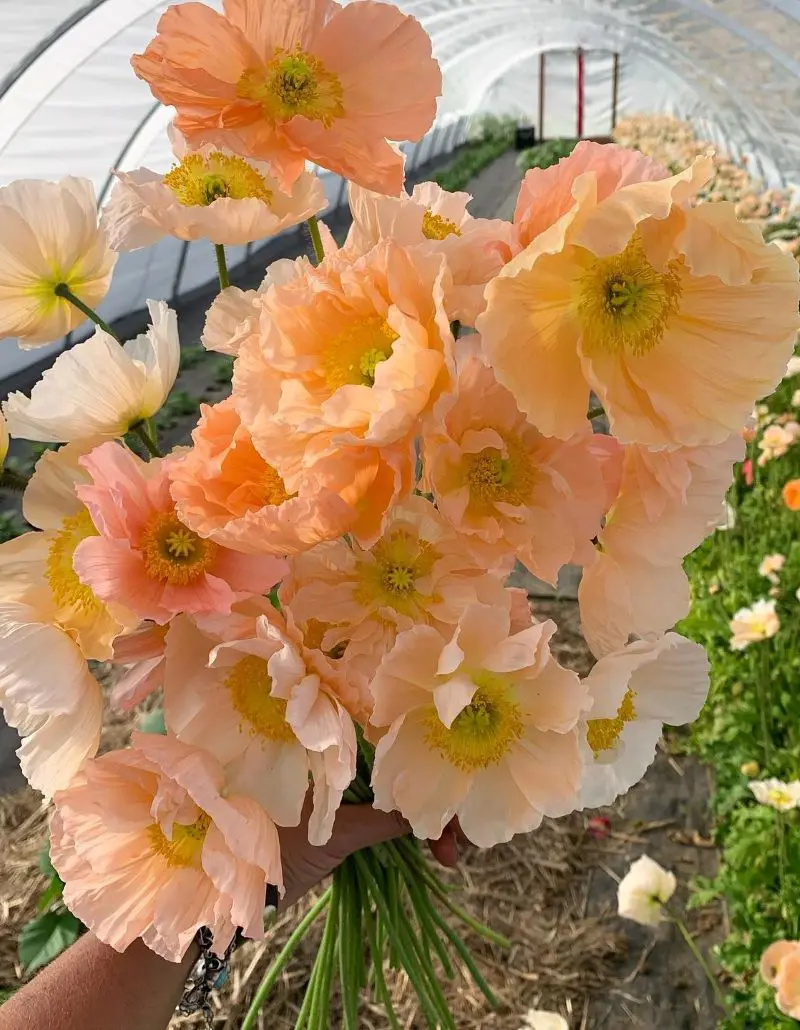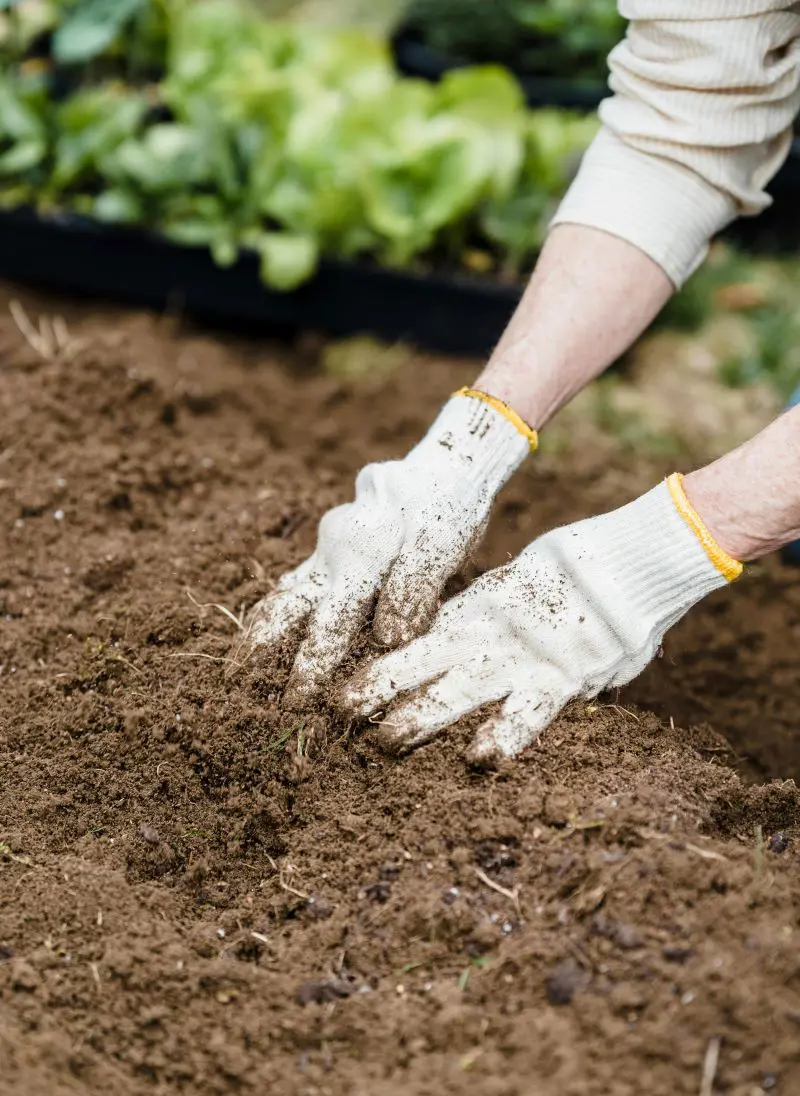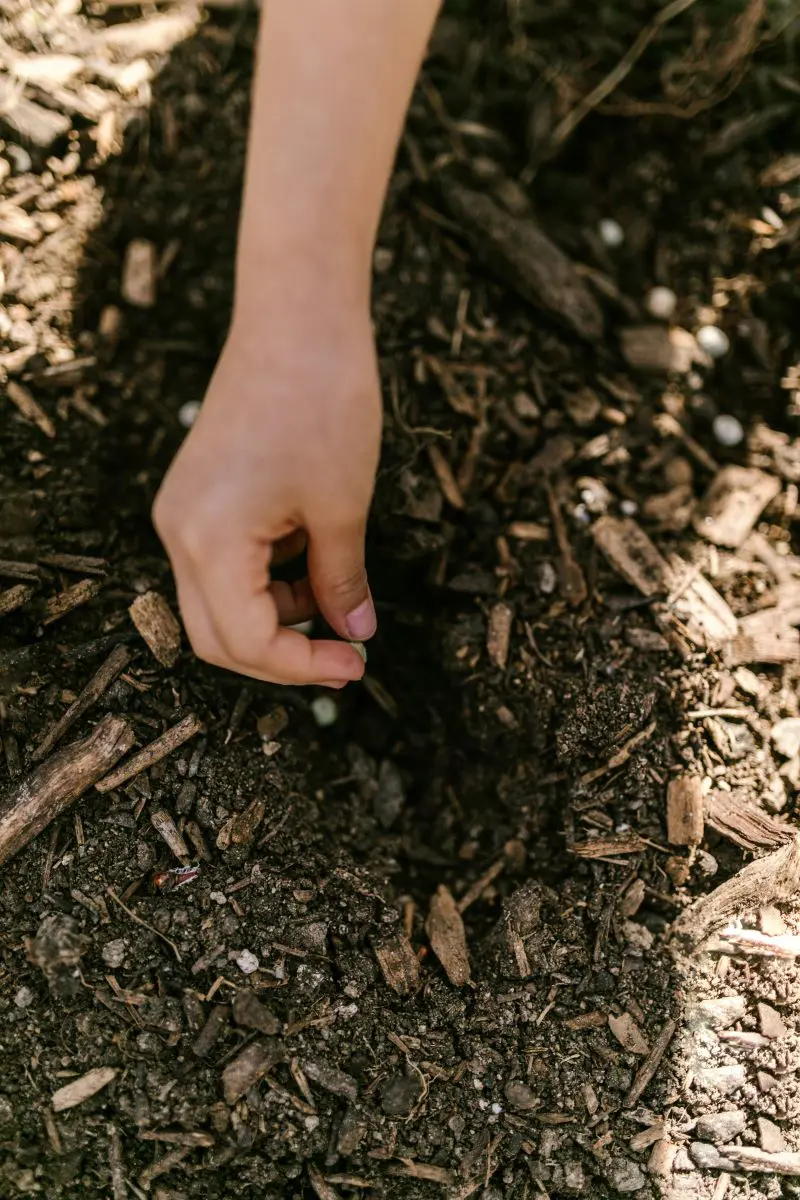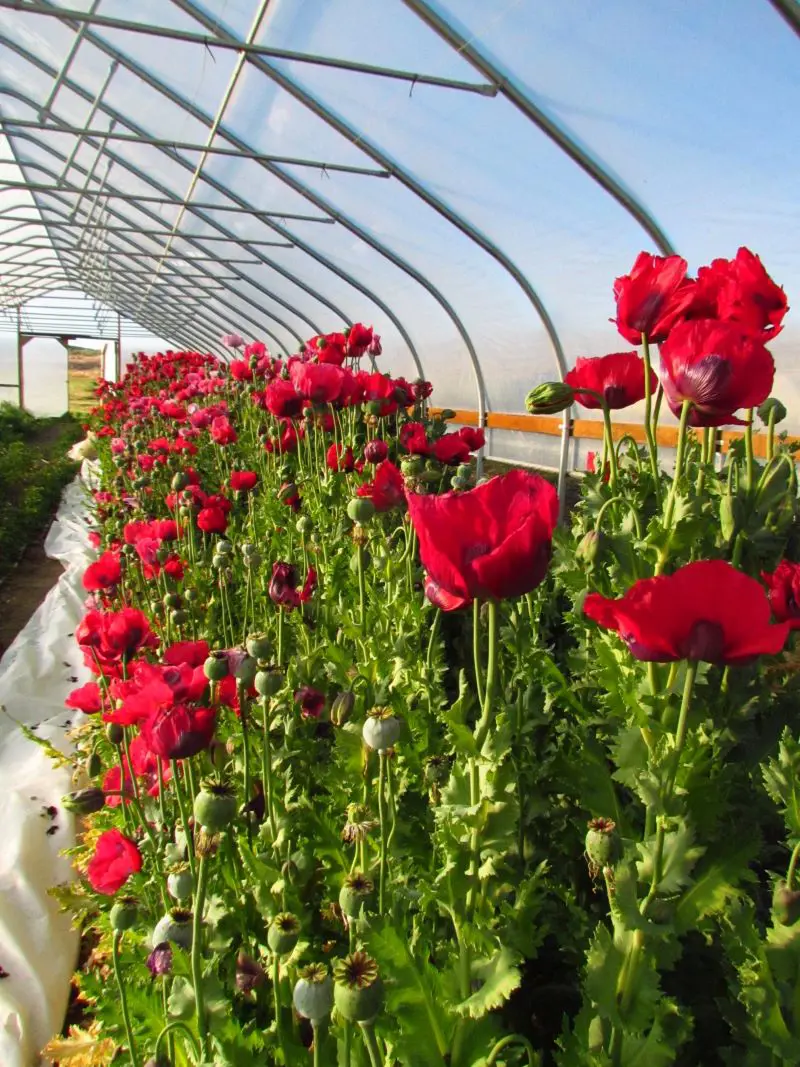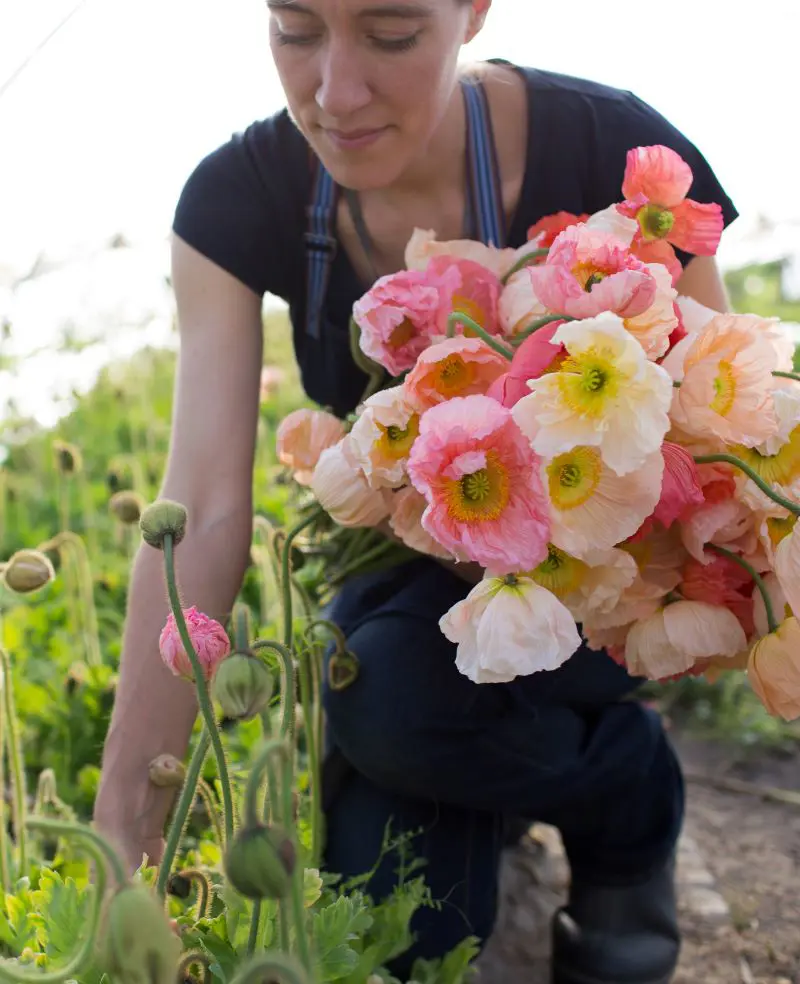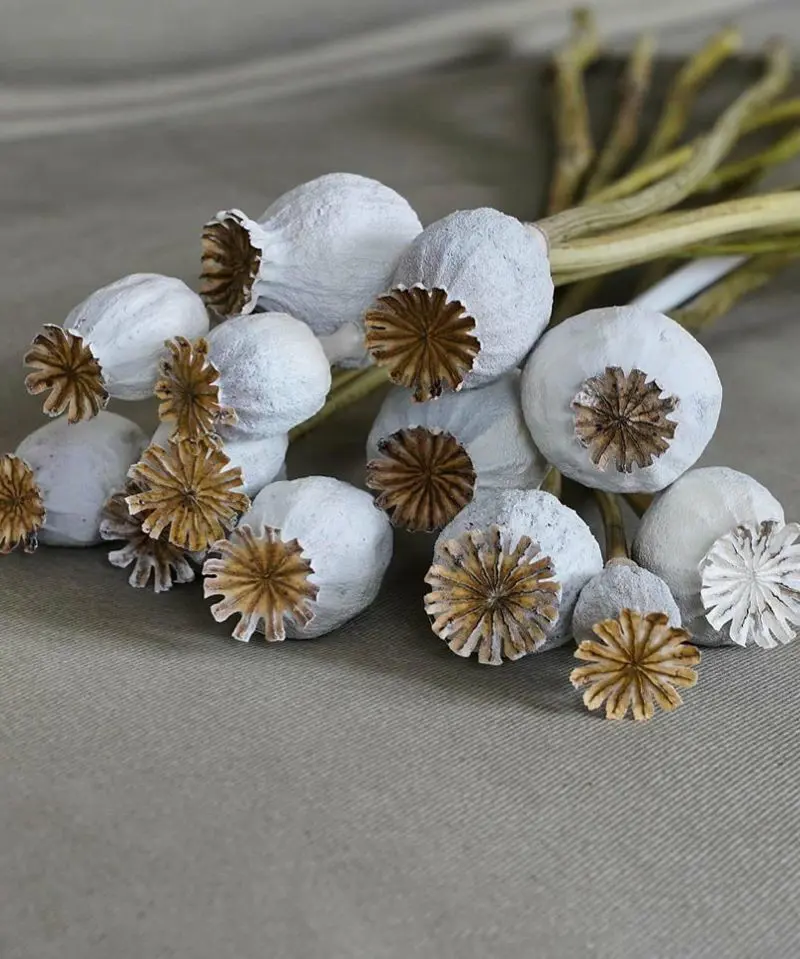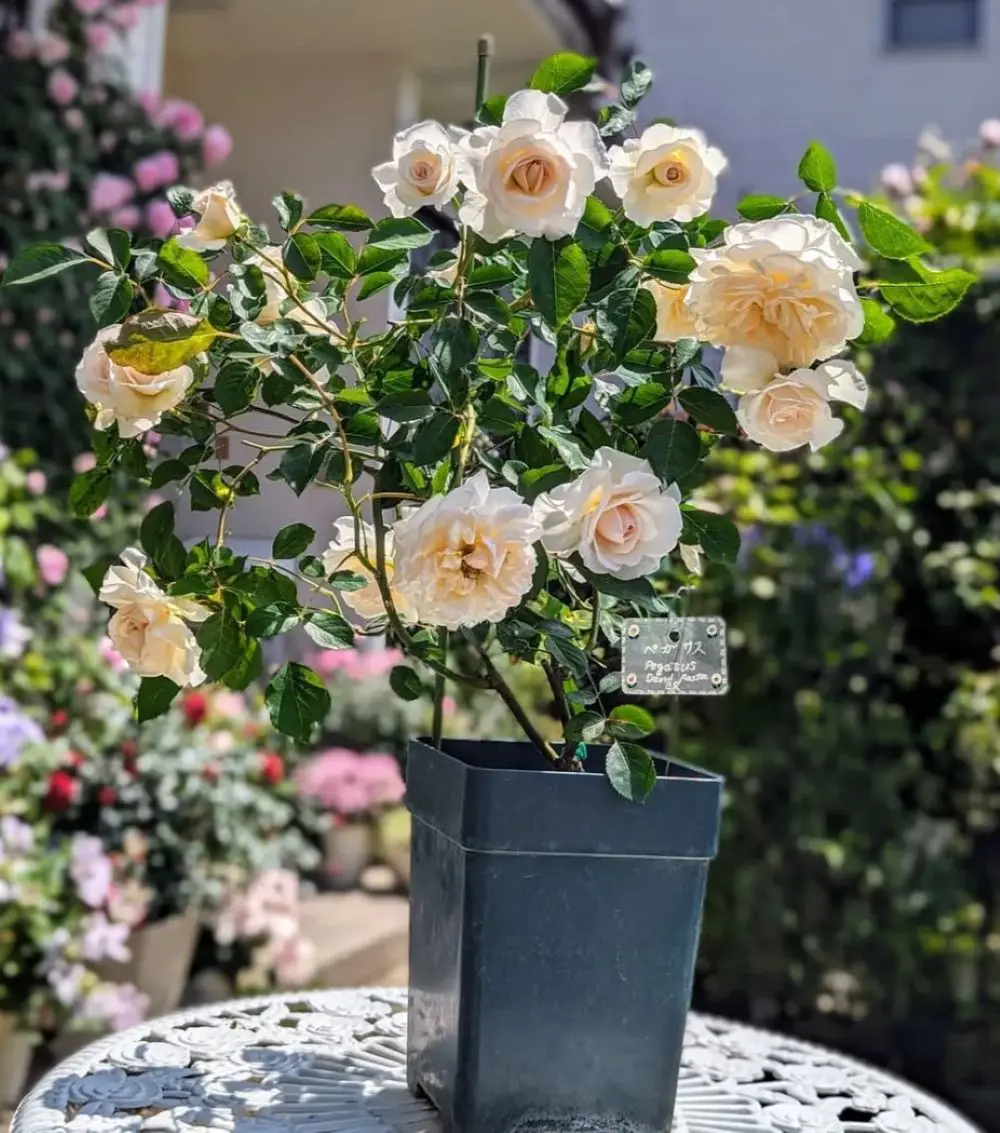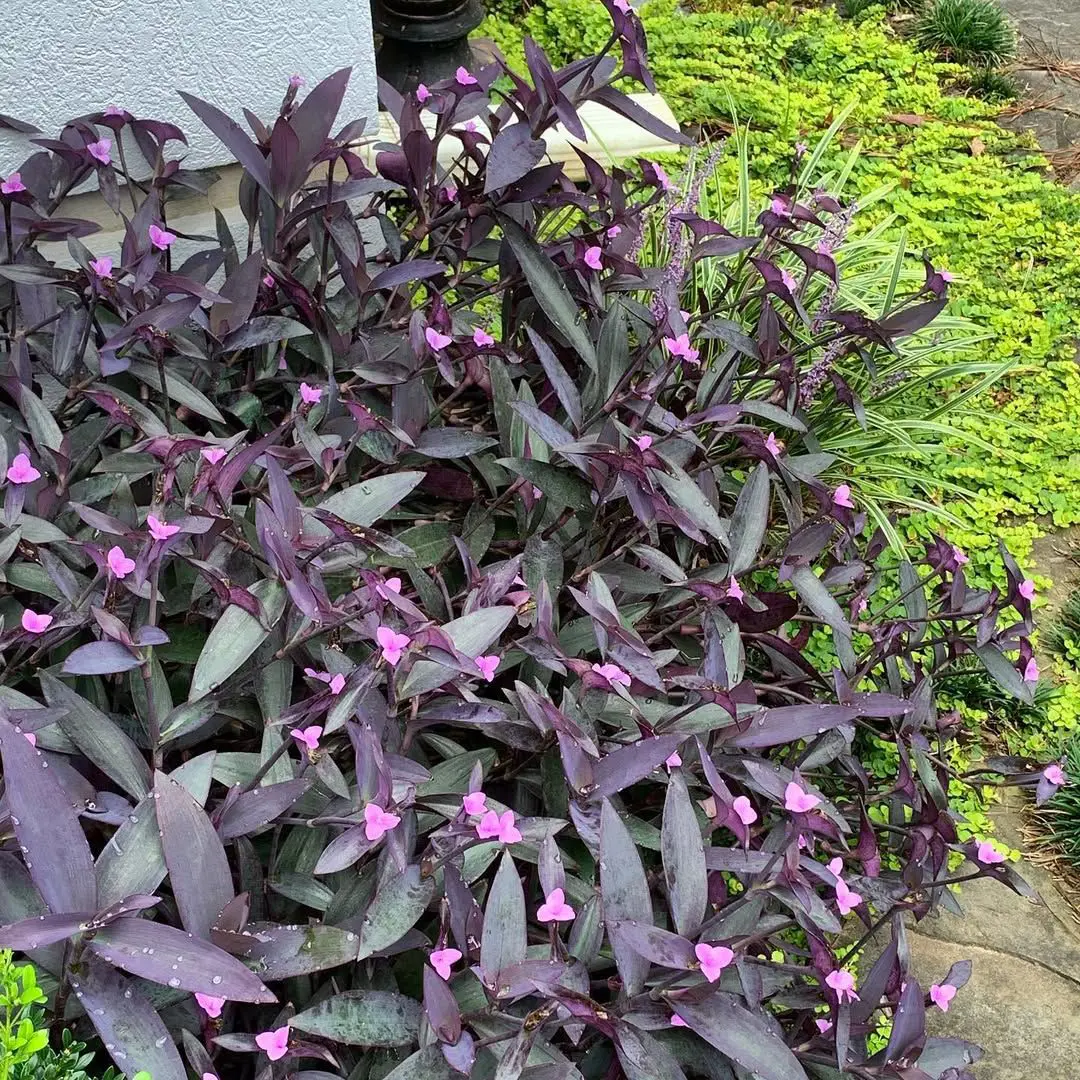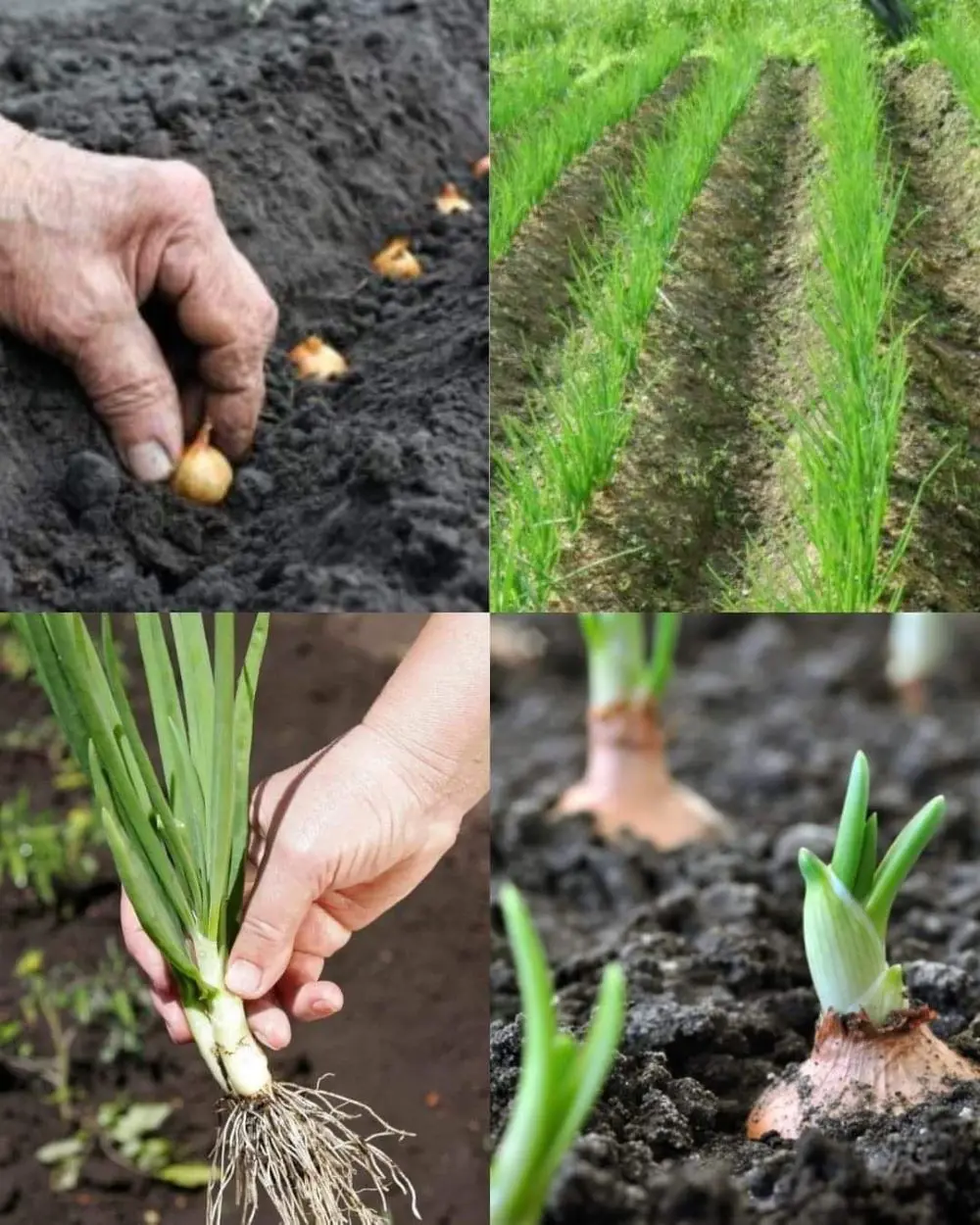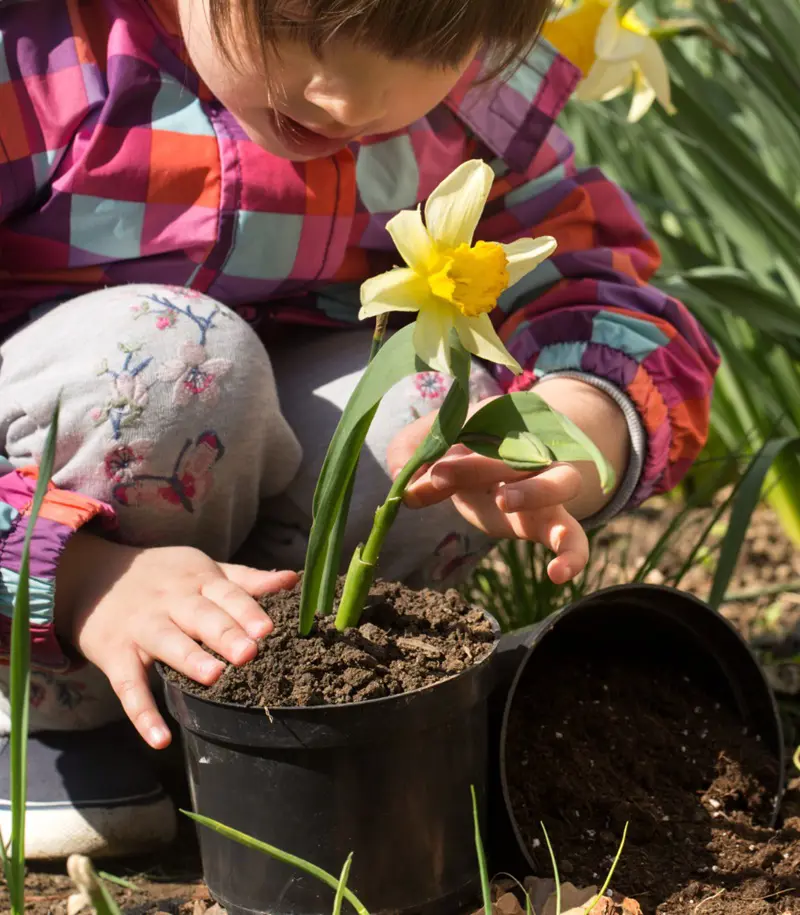Poppy Plant Overview
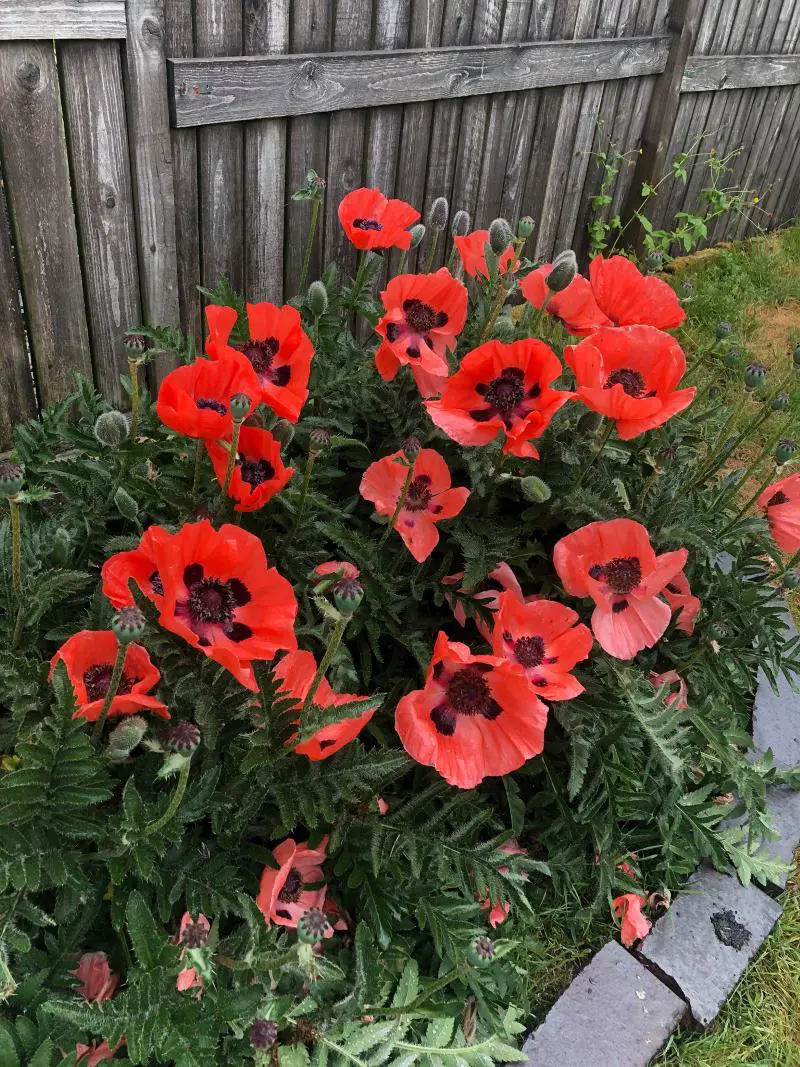
The poppy plant (genus Papaver) is a herbaceous annual, biennial, or short-lived perennial known for its vibrant, often red, blooms and its significant role in agriculture and history. Native to temperate regions, poppies are primarily cultivated for their seeds and sap. The seeds, used in culinary contexts, are oil-rich and nutty-flavored.
Poppy sap, particularly from the opium poppy (Papaver somniferum), contains alkaloids like morphine and codeine, vital for medical pain relief but also addictive, leading to regulation. Symbolically, poppies are associated with remembrance and peace, especially in connection to World War I.
Some species of poppies are monocarpic, meaning they die after blooming. They thrive in well-drained soils with full sun, requiring minimal care, making them popular in gardens for their beauty and resilience.
